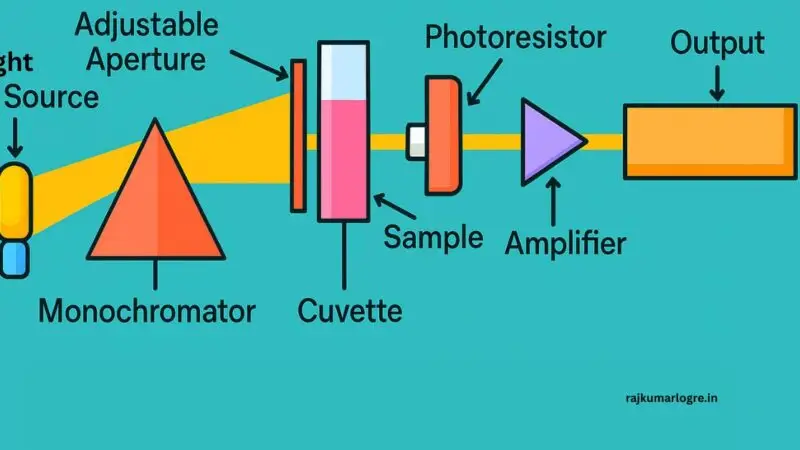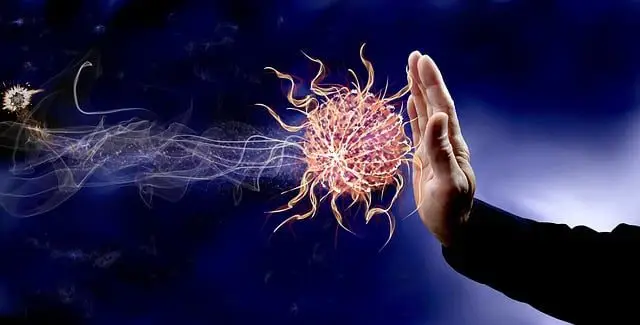Cell and Cell structure

Cell – A Fundamental Unit of Life
The cell is the structural and functional unit of all living organisms. It is a small compartment surrounded by a selectively permeable membrane and often possesses the ability to reproduce itself. This self-contained unit is capable of carrying out various life processes.
Origin of the Word ‘Cell’
The word ‘cell’ comes from the Latin word ‘Cellula’, which means a small room or compartment. The study of cells is known as Cytology, and in modern science, it is often referred to as Cell Biology. All living organisms—plants, animals, and microorganisms—are made up of cells.
Types of Organisms Based on Number of Cells
- Unicellular Organisms:
Some organisms are made up of only a single cell, such as Amoeba, Paramecium, Chlamydomonas, and Bacteria. These are called unicellular organisms, and they perform all life functions using just one cell.➤ For example, an amoeba can ingest food, digest it, carry out respiration, excretion, growth, and even reproduce—all through a single cell.
- Multicellular Organisms:
In organisms with more than one cell, these functions are divided among groups of specialized cells.➤ Groups of cells combine to form tissues, and different tissues together form organs.
➤ Multicellular organisms like animals, plants, and fungi are made of a vast number of specialized cells.
Discovery of the Cell
The discovery of the cell is one of the greatest milestones in biological science:
- 1665: The English scientist Robert Hooke discovered cells. He examined a thin slice of cork under a microscope and noticed small box-like structures that resembled a honeycomb. He called these structures ‘cells’, a term which he introduced in his book Micrographia.
- 1839: Botanist Matthias Schleiden and zoologist Theodor Schwann proposed the Cell Theory, which states that all living beings are made of cells.
- 1674: Anton van Leeuwenhoek was the first to observe living cells (bacteria and protozoa) using a simple microscope.
- 1831: Robert Brown discovered the nucleus and nucleolus in plant cells.
- 1839: Johannes Purkinje gave the term protoplasm to the living substance inside the cell.
- 1898: Camillo Golgi discovered the Golgi apparatus, also known as Golgi bodies.
- 1880: Flemming discovered chromatin and gave the first description of cell division (mitosis).
- 1888: Waldeyer coined the term chromosome.
- 1892: Weismann explained the difference between somatoplasm and germplasm.
- 1955: George E. Palade discovered ribosomes.
- 1958: Christian de Duve discovered lysosomes.
- 1890: Richard Altmann discovered mitochondria and called them bioblasts.
- 1897–1898: Benda gave the name mitochondria.
- The largest and heaviest single cell found in nature is the ostrich egg.
Types of Cells in Living Beings
1. Prokaryotic Cells:
Prokaryotic cells are primitive cells that lack a well-defined nucleus and membrane-bound organelles.
- They contain 70S ribosomes.
- The genetic material (DNA and RNA) is scattered in the cytoplasm.
- Histone proteins are absent.
- These are the simplest forms of life, and their internal structure is not compartmentalized.
Examples: Bacteria, Viruses, Bacteriophages, Rickettsiae, and Cyanobacteria (blue-green algae).
2. Eukaryotic Cells:
Eukaryotic cells are more advanced and have a well-organized nucleus enclosed by a nuclear membrane.
- They contain 80S ribosomes.
- Organelles are membrane-bound and include the nucleus, mitochondria, endoplasmic reticulum, lysosomes, etc.
- Chromosomes are multiple and well-structured with histone proteins.
Examples: All plants, animals, fungi (except for viruses, bacteria, and blue-green algae).
Structure of a Cell

Each cell consists of several components called cell organelles. The three major parts of a typical plant or animal cell include:
1. Cell Wall :
- The cell wall is found only in plant cells and is absent in animal cells.
- It is the outermost layer that provides structure and protection.
- It is made of cellulose, which is a rigid and porous material.
- In fungi and yeast, the cell wall is made of chitin.
- It is freely permeable, allowing substances to pass through.
➤ Secondary Cell Wall:
Below the primary cell wall is a thicker secondary wall, made of cellulose, pectin, and lignin. It gives strength and rigidity to mature cells.
Plasma Membrane (Plasmalemma):
- Just beneath the cell wall in plants (or outermost in animal cells) lies the plasma membrane.
- It is a selectively permeable membrane made of lipids and proteins.
- It regulates the entry and exit of materials like ions and molecules.
- It maintains the internal concentration of substances.
- Also called the cell membrane or plasmalemma.
2. Protoplasm :
- Protoplasm refers to the entire living content inside the cell, including the nucleus and cytoplasm.
- It is where all biological activities of a cell occur.
- Composed mostly of water (about 80%), and organic/inorganic compounds.
- Organic substances: Carbohydrates, proteins, fats, nucleic acids (DNA, RNA), enzymes.
- Inorganic substances: Salts of sodium, potassium, calcium, iron, and dissolved gases like O₂ and CO₂.
- First named “Protoplasm” by Johannes Purkinje in 1840.
➤ Approximate chemical composition of protoplasm:
- 80% water
- 15% proteins
- 3% lipids
- 1% carbohydrates
- 1% inorganic salts
Thus, protoplasm is called the physical basis of life. However, even with modern science, we have not been able to artificially create life by assembling the components of protoplasm.
3. Vacuoles :
- Vacuoles are fluid-filled sacs present mostly in plant cells.
- They store nutrients, waste products, pigments, and help maintain cell turgor pressure.
- More abundant in dividing cells, and large but fewer in mature plant cells.
➤ Each vacuole is surrounded by a membrane called tonoplast.
➤ The fluid inside is known as cell sap, which contains:
- Minerals: Nitrates, chlorides, phosphates
- Organic substances: Carbohydrates, proteins, amino acids, pigments, and waste products
In conclusion, the cell is the most basic yet highly complex unit of life, containing numerous components with specialized functions. Whether single-celled or multicellular, all organisms rely on these intricate cellular processes to survive, grow, and reproduce. The study of cells not only helps us understand the physiology of life but also opens the door to scientific fields like genetics, medicine, and biotechnology.






